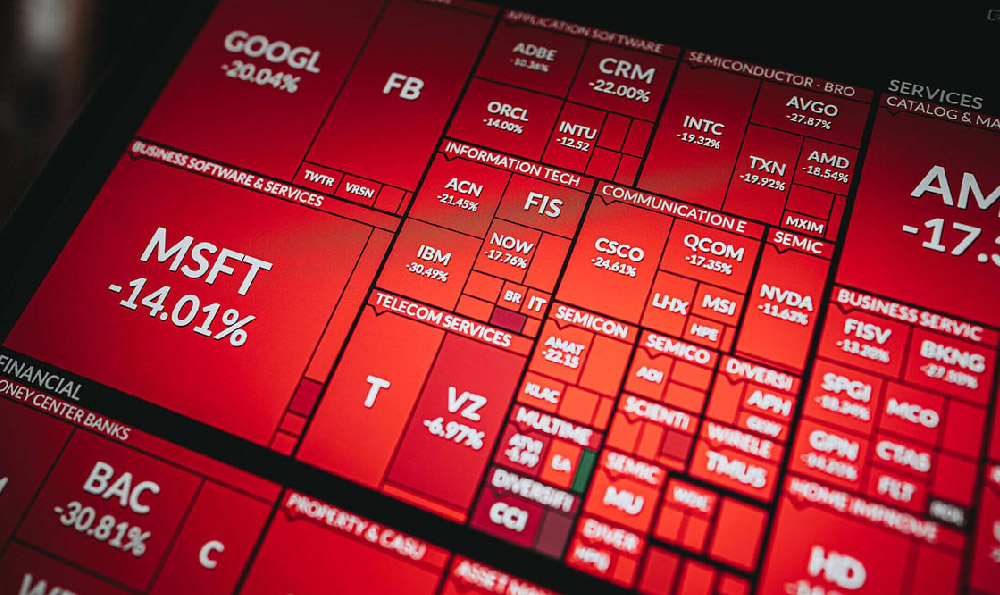The allure of YouTube stardom, fueled by viral videos and the potential for significant income, is particularly strong among teenagers. For a 16-year-old, the idea of generating revenue while pursuing creative passions seems incredibly appealing. But delving into the reality of making money on YouTube requires a careful examination of various factors, including content creation, platform monetization, legal considerations, and the overall effort involved.
The pathways to monetization on YouTube are multifaceted, but all ultimately hinge on building a substantial and engaged audience. AdSense, YouTube's primary advertising program, is the most common method. To qualify for the YouTube Partner Program (YPP), which is a prerequisite for AdSense, creators must have at least 1,000 subscribers and 4,000 valid watch hours within the past 12 months. This threshold itself represents a significant hurdle for many aspiring YouTubers. Meeting these requirements demands consistent content creation, strategic promotion, and a deep understanding of what resonates with viewers.
Once accepted into the YPP, creators can enable monetization on their videos, allowing YouTube to display ads before, during, or after the content. Revenue is then generated based on the number of views and clicks these ads receive. However, it's crucial to understand that the revenue per thousand views (RPM) fluctuates widely depending on various factors, including the video's content, the viewer's location, and advertiser demand. Some niches, such as finance or technology, tend to command higher RPMs than others, like gaming or lifestyle. Furthermore, YouTube takes a significant cut of the ad revenue, typically around 45%, leaving the creator with the remaining portion.

Beyond AdSense, other monetization avenues exist. Affiliate marketing involves promoting products or services in videos and earning a commission on sales generated through unique affiliate links. This method can be lucrative, particularly for creators who review products or offer tutorials. Sponsorships, where brands pay creators to feature their products or services in their videos, represent another potential income stream. However, securing sponsorships usually requires a larger and more established audience, along with a proven track record of creating engaging and brand-safe content. Selling merchandise, such as T-shirts, mugs, or other branded products, is yet another option for established YouTubers with a loyal fanbase. YouTube provides tools and integrations to facilitate merchandise sales directly through the platform.
For a 16-year-old considering YouTube as a source of income, several legal and practical considerations come into play. First and foremost is parental or guardian consent. Because a 16-year-old is a minor in most jurisdictions, they typically need parental permission to enter into contracts, including those with YouTube and advertising networks. Moreover, handling finances and taxes as a minor can be complex, requiring guidance from parents or guardians and potentially professional advice.
Copyright laws and fair use principles must also be carefully observed. Using copyrighted music, video clips, or other materials without permission can lead to copyright strikes, which can ultimately result in the channel being demonetized or even terminated. Understanding and adhering to YouTube's Community Guidelines is equally important to avoid content violations that could jeopardize monetization.
The time commitment required to succeed on YouTube is often underestimated. Creating high-quality videos involves not only filming but also editing, scripting, researching, and promoting the content. Maintaining a consistent upload schedule is crucial for keeping viewers engaged and attracting new subscribers. This can be challenging for a 16-year-old juggling school, extracurricular activities, and social life. Burnout is a real risk if the demands of YouTube become overwhelming.
The financial rewards of YouTube can be highly variable. While some creators achieve viral success and earn substantial income, the vast majority earn relatively little, especially in the early stages. Building a sustainable income stream on YouTube takes time, effort, and persistence. It's essential to approach it as a long-term endeavor rather than a get-rich-quick scheme.
Furthermore, the competitive landscape on YouTube is fierce. Millions of channels compete for viewers' attention, making it difficult to stand out from the crowd. Success requires not only creating high-quality content but also developing a unique brand, understanding audience preferences, and employing effective marketing strategies.
So, is it worth it for a 16-year-old to try to make money on YouTube? The answer depends on several factors, including their motivations, resources, and expectations. If the primary goal is to get rich quickly, YouTube is unlikely to be a viable path. However, if the motivation stems from a genuine passion for creating content, sharing knowledge, or entertaining others, and if the 16-year-old is willing to invest the time and effort required, YouTube can be a rewarding experience.
The benefits extend beyond potential income. Creating videos can hone valuable skills such as video editing, storytelling, public speaking, and marketing. It can also provide a platform for self-expression, creativity, and community building. For some, YouTube can even serve as a stepping stone to a future career in media, entertainment, or digital marketing.
Ultimately, the decision of whether or not to pursue YouTube as a source of income is a personal one. It requires careful consideration of the potential rewards and challenges, a realistic assessment of one's resources and capabilities, and a clear understanding of the legal and ethical considerations involved. With the right approach, a 16-year-old can learn valuable skills, explore their creative passions, and potentially even earn some money along the way. However, it's crucial to approach it with realistic expectations and a sustainable strategy to avoid burnout and disappointment.












